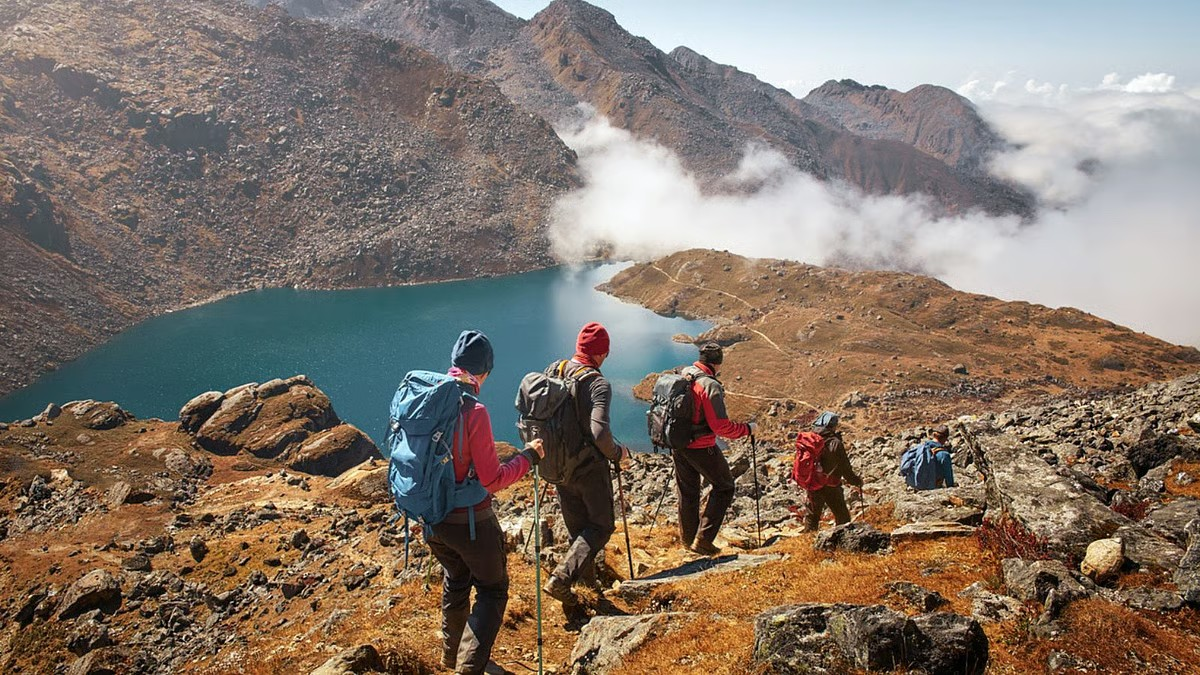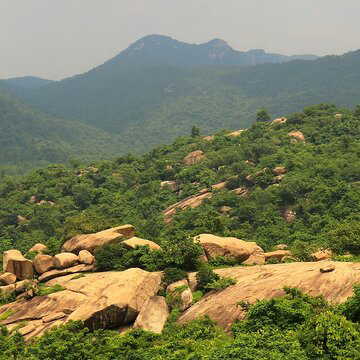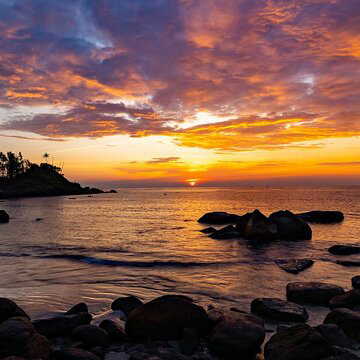Adventure sports and trekking are the fields that the younger generation is taking more interest in. The definition of travel itself is changing. Nowadays, travelling isn't just about seeing the sights; it involves a lot of activities. Trekking is one of them. Though trekking for the first time may sound exciting, the lack of proper preparation may turn the event into an experience less pleasant, even with health problems or other risks. So, preparation is vital. Planning to go trekking? Here's how you get ready:
Also Read | Discover Patalghar: Purulia’s hobbit-style winter hideout
Start with physical preparation
Trekking involves long hours of walking, uneven terrain, and frequent ascents and descents. Start a fitness routine at least 3–4 weeks before your trek.
Do cardio exercises: Spend 30–40 minutes daily on brisk walking, jogging, or cycling.
Strengthen your legs: Squats, lunges, and step-ups make your legs strong, thereby supporting your knees and muscles well.
Build stamina: Each week, walk a little further; aim to walk 5-8 kilometres without stopping at least once a week.
Choose the right gear
One of the biggest mistakes for beginners is carrying the wrong equipment.
Trekking shoes are compulsory: Invest in proper shoes with good grip, break them in for 10 days at least before the trek to avoid discomfort or blisters.
Use a backpack, not a heavy trolley: Use a lightweight 30–40-litre backpack with chest and waist straps. Pack quick-drying T-shirts and trekking pants; one raincoat or waterproof gear at hand could help in case the mountain weather suddenly changes.
Pack light and only the essentials
Too much weight may make your first trek feel tiring. The basic things you will need are a water bottle, energy bars or chocolates, dry fruits, a first-aid kit, necessary medications, a power bank, a torch or headlamp, and items like a cap, sunscreen, and sunglasses.
Also Read | Planning a winter getaway? Don’t miss these breathtaking sunset destinations in India
Mental preparation counts
Trekking is as much a mental challenge as it is a physical one. If your pace slows down, just don’t stop. It would be better to walk at a slow pace instead of pushing yourself too hard. Instant weather changes are frequent in the mountains, so maintain your calm and follow your group leader’s instructions.
Know your route and the weather
Research how difficult your route will be and how long it will take you. Check the weather forecast for the right packing. Mobile networks are not always available, so it is good to download an offline map of the route beforehand.










